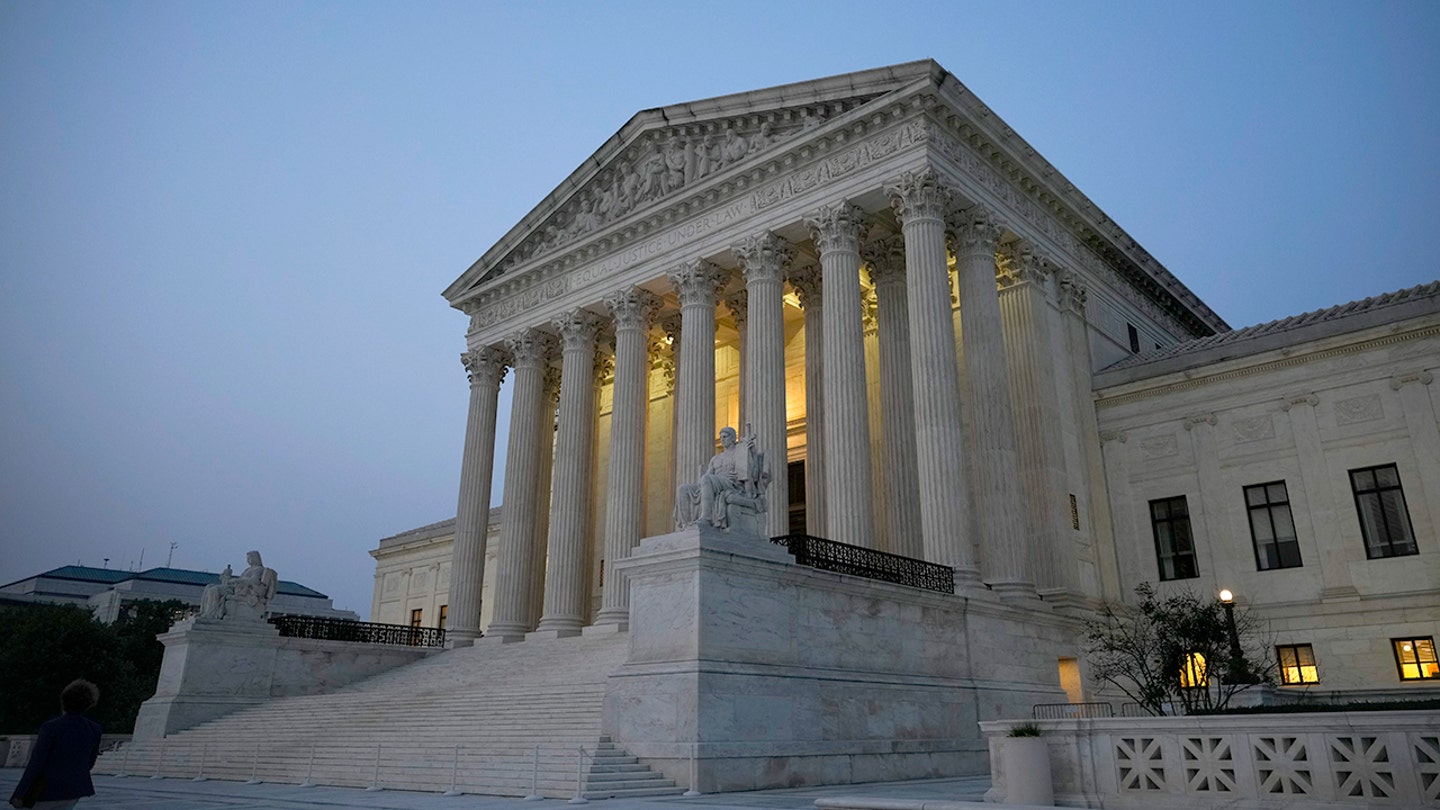
Trump administration wins Supreme Court fight to slash NIH medical research grants tied to DEI, LGBTQ studies
Entities mentioned:
- Trump administration: Power, Control, Righteousness
- Supreme Court: Duty, Justice, Influence
- National Institutes of Health (NIH): Professional pride, Duty, Obligation
- Judge Angel Kelley: Justice, Duty, Moral outrage
- Justice Department: Duty, Loyalty, Control
- American Public Health Association: Moral outrage, Professional pride, Righteousness
- Democrat-led states: Moral outrage, Justice, Competitive spirit
- Association of American Universities: Professional pride, Wariness, Freedom
Article Assessment:
Credibility Score: 75/100
Bias Rating: 55/100 (Center)
Sentiment Score: 30/100
Authoritarianism Risk: 65/100 (Authoritarian Tendencies)
Bias Analysis:
The article presents multiple viewpoints, including those of the administration, opponents, and neutral parties like news outlets. However, there's slightly more space given to concerns about the cuts, which could suggest a slight lean towards the opposition's perspective.
Key metric: Federal Research Funding
As a social scientist, I analyze that this Supreme Court decision significantly impacts federal research funding, particularly in areas related to diversity, equity, inclusion, and LGBTQ studies. The ruling allows the Trump administration to cut $783 million in NIH grants, which could have far-reaching effects on biomedical research and scientific progress. This decision reflects a broader ideological conflict over the role of DEI initiatives in government-funded research. The potential chilling effect on research into politically sensitive topics could alter the landscape of scientific inquiry in the US, possibly slowing advancements in critical areas like cancer and Alzheimer's research. The split decision (5-4) also highlights the political divisiveness of the issue and the significant role the Supreme Court plays in shaping research priorities and funding allocation.

Jackson scathing dissent levels partisan charge at colleagues after high-profile ruling
Entities mentioned:
- Justice Ketanji Brown Jackson: Justice, Moral outrage, Righteousness
- Supreme Court: Power, Control, Influence
- Trump administration: Control, Power, Influence
- National Institutes of Health (NIH): Control, Power, Influence
- Chief Justice John Roberts: Duty, Influence, Wariness
- Justice Amy Coney Barrett: Justice, Duty, Professional pride
- Jonathan Turley: Analysis, Influence, Professional pride
Article Assessment:
Credibility Score: 75/100
Bias Rating: 45/100 (Center)
Sentiment Score: 35/100
Authoritarianism Risk: 40/100 (Generally Democratic)
Bias Analysis:
The article presents multiple perspectives, including dissenting opinions, which contributes to a balanced view. However, there is slightly more focus on Justice Jackson's criticisms, which may subtly lean the article left.
Key metric: Judicial Independence
As a social scientist, I analyze that this article highlights growing tensions within the Supreme Court, particularly regarding the court's handling of cases related to the Trump administration. Justice Jackson's dissent suggests a perception of bias towards the executive branch, which could impact public trust in the judiciary. The article also points to a potential shift in the court's decision-making process, with an increased use of the 'shadow docket' for significant rulings. This development may have long-term implications for the transparency and deliberative nature of the judicial process. The disagreements among justices, especially between Jackson and Barrett, indicate ideological divisions that could affect the court's ability to reach consensus on critical issues. The cancellation of NIH grants related to diversity, equity, and inclusion research may have broader societal impacts, potentially influencing future policy directions and research priorities in these areas.